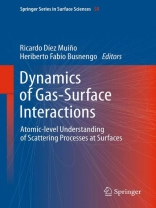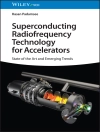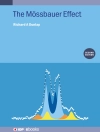This book gives a representative survey of the state of the art of research on gas-surface interactions. It provides an overview of the current understanding of gas surface dynamics and, in particular, of the reactive and non-reactive processes of atoms and small molecules at surfaces. Leading scientists in the field, both from the theoretical and the experimental sides, write in this book about their most recent advances.
Surface science grew as an interdisciplinary research area over the last decades, mostly because of new experimental technologies (ultra-high vacuum, for instance), as well as because of a novel paradigm, the ‘surface science’ approach. The book describes the second transformation which is now taking place pushed by the availability of powerful quantum-mechanical theoretical methods implemented numerically. In the book, experiment and theory progress hand in hand with an unprecedented degree of accuracy and control. The book presents how modern surface science targets the atomic-level understanding of physical and chemical processes at surfaces, with particular emphasis on dynamical aspects. This book is a reference in the field.
Table des matières
Supersonic molecular beams studies of surfaces.- Potential energy surfaces for the dynamics of elementary gas-surface processes.- Thermal energy atomic and molecular beam diffraction from solid surfaces.- Using molecular reflectivity to explore reaction dynamics at metal surfaces.- Hydrogen dissociation on stepped metal surfaces.- Dynamics of the H2 interaction with bimetallic surface alloys from first principles..- Hydrogen recombination on graphitic surfaces.- State-selective reactivity of molecules at surfaces.- The effects of lattice motion on gas-surface reactions.- Reaction dynamics of molecular hydrogen on silicon surfaces –importance of lattice degrees of freedom.- Electronically nonadiabatic molecule surface interactions..- Non-adiabatic effects at surfaces simulated with TDDFT molecular dynamics.- Theory of non-adiabatic molecular dynamics at surfaces.- Scattering of hyperthermal effusive atomic and molecular beams at metal surfaces.- Energy dissipation channels in reactive and non-reactive scattering at surfaces.- O2 adsorption dynamics at metal surfaces: non-adiabatic effects, dissociation, and dissipation.












